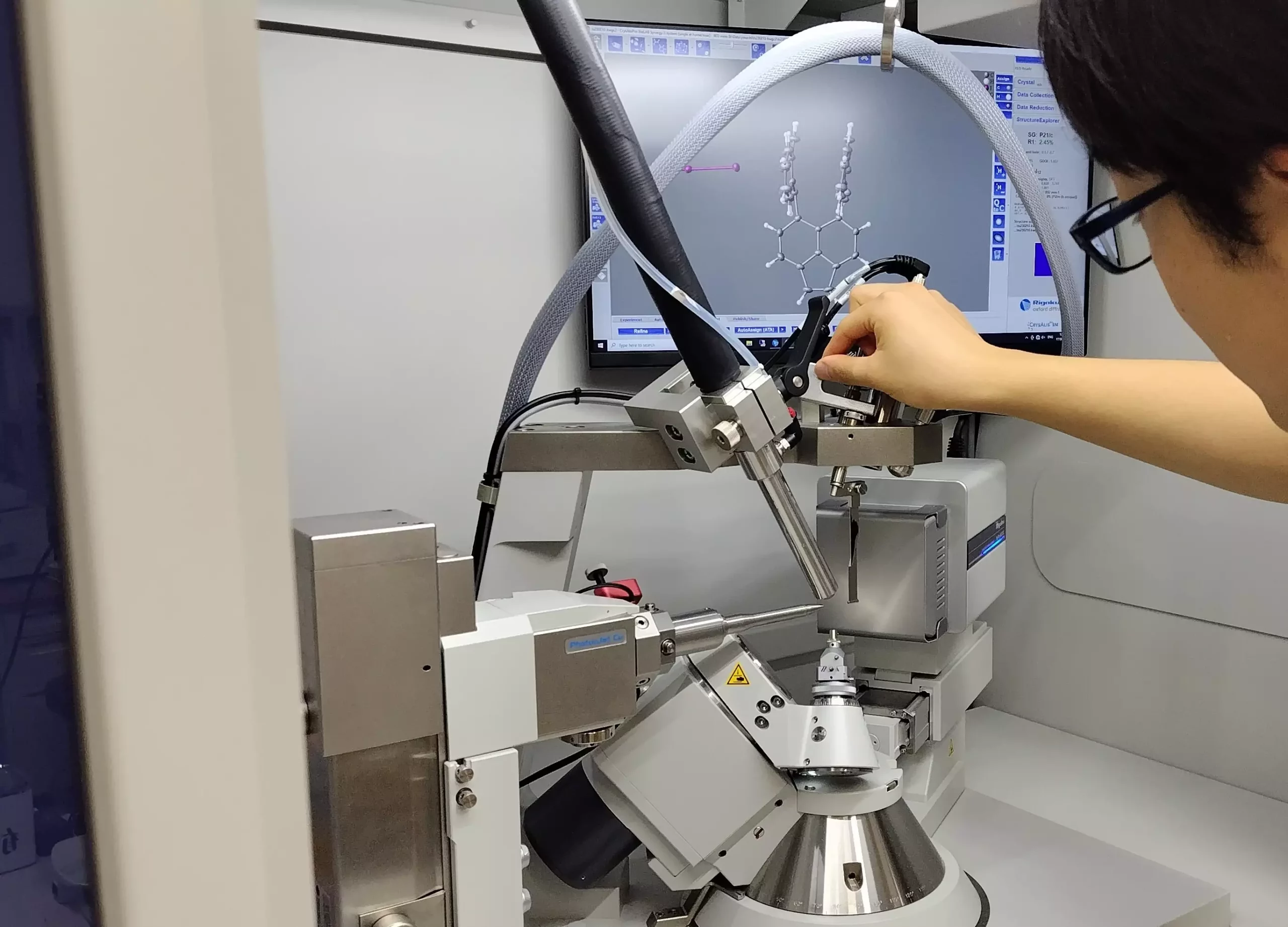Covalent bonds form the fundamental framework of a vast array of organic compounds, acting as the essential building blocks of molecular chemistry. Typically, these bonds arise when two atoms share pairs of electrons, resulting in a stable structural integrity. Since the early 20th century, scientists have delved deeper into the complexities surrounding these bonds, notably proposing less conventional bond types that could exist under specific conditions. In this realm, single-electron bonds—bonds wherein just one unpaired electron is shared—emerged as an enticing, albeit elusive, subject of research.
The Journey to Discover Single-Electron Bonds
The concept of single-electron bonds was first postulated by Linus Pauling in 1931, suggesting that such bonds, although weaker than standard covalent bonds, could theoretically exist. However, the quest to identify such bonds—particularly in elemental compositions involving carbon or hydrogen—has remained largely fruitless for decades. This has led to skepticism and a range of theories attempting to explain the difficulties inherent in isolating this bond type.
Recently, a significant breakthrough has surfaced from an innovative research team at Hokkaido University, marking a pivotal moment in this scientific journey. The researchers reported the successful isolation of a compound featuring a stable single-electron sigma bond shared between two carbon atoms, a stride that holds vast implications for the understanding of chemical bonding.
The researchers initiated their investigation with a derivative of hexaphenylethane. By exposing this compound to an oxidation reaction in the presence of iodine, the team succeeded in yielding dark violet crystalline salts. The uniqueness of these crystals was further highlighted by meticulous studies conducted through X-ray diffraction analysis, confirming that the carbon atoms exhibited an unprecedented proximity to each other.
Their scientific approach did not stop there. To solidify their findings, they employed Raman spectroscopy, a powerful technique utilized to gather insights into molecular vibrations. This two-pronged analysis allowed the researchers to confirm the existence of single-electron covalent bonds, establishing the compound as the first empirically validated instance of a carbon-carbon single-electron bond.
This groundbreaking study, co-authored by Professor Yusuke Ishigaki, signifies more than just an isolated discovery; it embodies an essential evolution in our comprehension of chemical bonding. The implications extend beyond academic curiosity; unraveling the nature of single-electron sigma bonds could inevitably lead to advancements in chemical reaction theories and contribute invaluable knowledge regarding organic synthesis.
Lead author Takuya Shimajiri emphasized that this research could lay the groundwork for further explorations into this scarcely charted type of bonding. As scientists continue to probe the indispensable characteristics and potential applications of single-electron bonds, the chemistry community stands at the brink of a new frontier. This discovery serves as a testimony to the persistence of scientific inquiry and highlights how understanding the fundamental principles of chemical bonding can lead to groundbreaking innovations. This study is not only a remarkable achievement but also an invitation for future exploration in one of chemistry’s most captivating domains.

